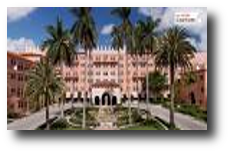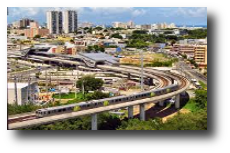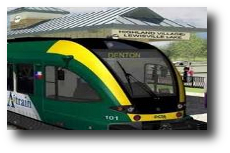Planning for effective connections among modes of public transportation is essential for making transit work. Cambridge Economic Research has designed intermodal systems to connect air, rail, bus, trolley, road, pedestrian, and bicycle travel. Passenger intermodal stations pose opportunities for economic development. While land use patterns clearly influence demand for transit, a transit investment can also influence land use patterns, supporting residential, office, retail and entertainment uses.
FTA criteria for funding under the New and Small Starts Program give preference to projects that demonstrate commitment to Transit Oriented Development. New transit service will not, on its own, generate transit-supportive development. CER helps communities plan for successful TOD with planning policies and incentives.
CER has advised on passenger intermodal and TOD facilities for the following projects:
Peer Review of RKG Economic Impact Analysis of Riverside Station | City of Newton, MA
Cambridge Economic Research conducted a peer review of an economic and fiscal impact analysis prepared by RKG Associates for a proposed mixed use Transit Oriented Development on MBTA’s Green Line in the City of Newton in suburban Boston.
High Speed Rail Economic Impacts Orlando, FL | US Conference of Mayors
Evaluation of the economic impacts of a planned High Speed Rail Network connecting Orlando and Tampa with service to I-Drive, Disneyworld, and Orlando International Airport.
Tri-Rail Station Transit Oriented Development Analysis Boca Raton, FL | National Academy of Sciences
Case study of the planning process examining why the planned Boca Raton TOD has never been built.
Tren Urbano San Juan, Puerto Rico | Cambridge Systematics
Forecasts of the land use development opportunities and economic impacts of San Juan’s Tren Urbano light rail system.
LBJ Skillman TOD Study | Economic Development Research Group
Assessment of the potential for a Transit Oriented Development for DART’s LBJ Skillman Station in suburban Dallas.






